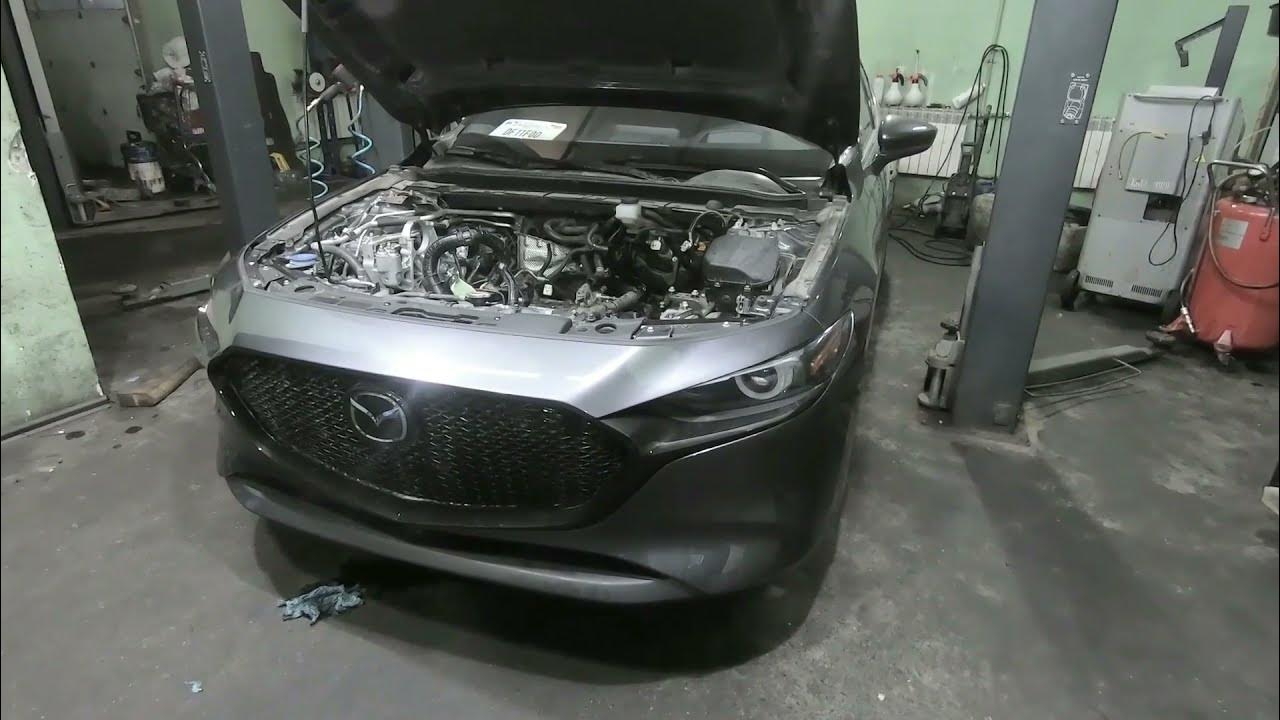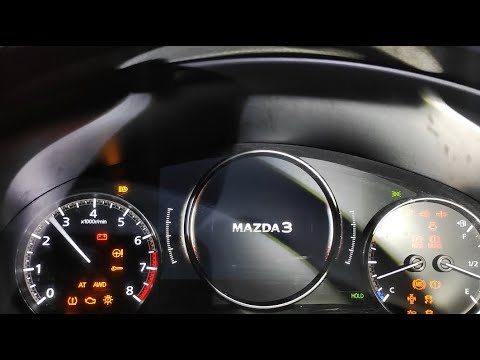Jack Rabbit
Banned
- :
- 18 Mazda CX5 AW
Maybe but I already read the posts and know there is a problem with the CD and my posts mentioned the CDs have head problems.Fair, but I'm still pretty sure that there is no ruleset for when a manufacturer issues a TSB or SA. It's up to their discretion. While a TSB or SA is more likely to be issued for a more common problem, they are not only issued for common problems, as you assert.
It would have been faster and easier for you to just do the research..
I shouldn't have to take time to search and repost other threads and stuff just to prove a position to other members.
But so be it.



